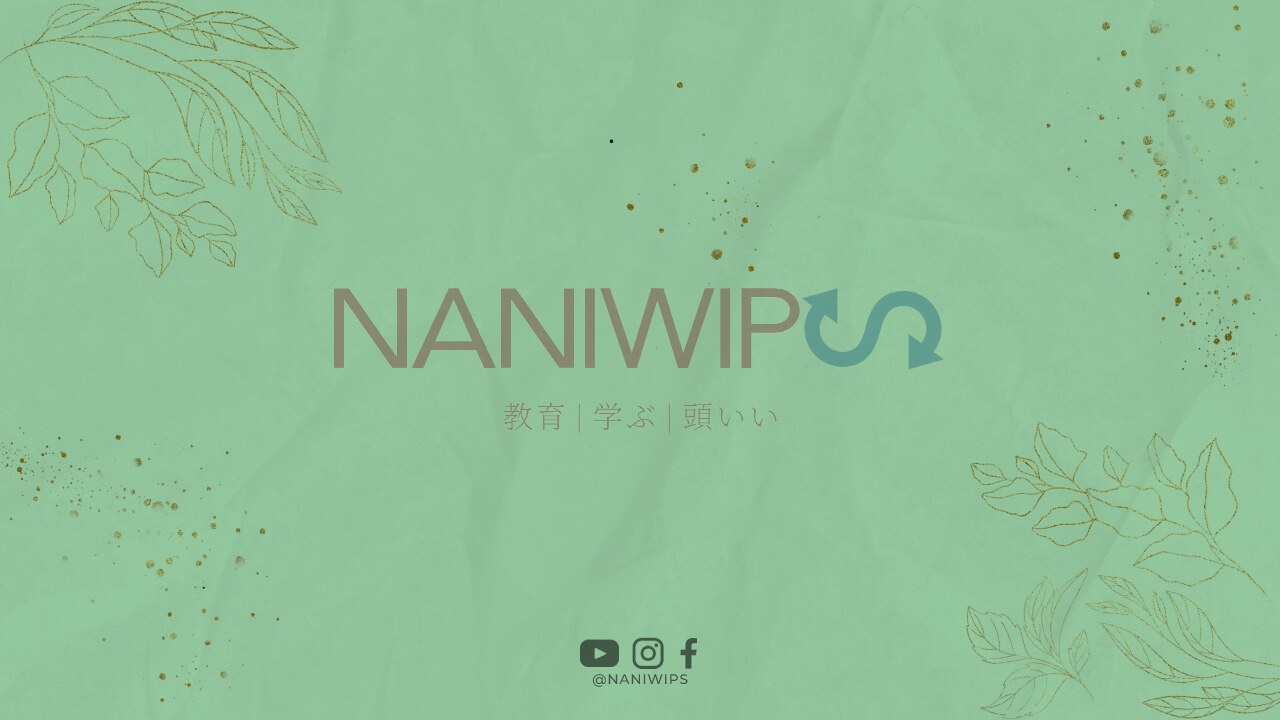The holiday season is upon us, and with it comes the tradition of sending out New Year’s cards, or 年賀状 (nengajo) in Japanese. This is a time-honored way of expressing gratitude and well wishes to friends, family, and colleagues. And for students, it’s also a chance to show appreciation to their teachers for all their hard work throughout the year.
If you’re looking to send a nengajo to your teacher, it’s important to get the tone and wording just right. In this article, we’ll provide some tips and examples for crafting the perfect New Year’s card for your beloved sensei.
1. Start with a Greeting
When writing a nengajo, it’s customary to begin with a greeting. For a teacher, you can use the formal greeting 敬具 (keigu), which is similar to “sincerely” in English. For example:
敬具をもって新年のお慶びを申し上げます。
This translates to “With respect, I offer my congratulations for the new year.”
2. Express Gratitude
Next, it’s important to express your gratitude to your teacher for all their hard work and dedication throughout the year. You can use phrases like:
お世話になりました。
This means “Thank you for taking care of me.”
先生のおかげで、よい年を過ごせました。
This means “Thanks to you, I had a great year.”
3. Include Well Wishes
After expressing your gratitude, it’s time to share your well wishes for the new year. You can use phrases like:
今年もよろしくお願いします。
This means “Please take care of me again this year.”
健康で幸せな一年をお過ごしください。
This means “I hope you have a healthy and happy year.”
4. Add a Personal Touch
To make your nengajo more meaningful, consider adding a personal touch. This could be a special memory you shared with your teacher, or a specific way they’ve helped you throughout the year. For example:
先生のおかげで、今年は国語の成績が上がりました。本当にありがとうございます。
This means “Thanks to you, my Japanese grades improved this year. Thank you so much.”
5. Close with a Formal Farewell
Finally, close your nengajo with a formal farewell. You can use phrases like:
敬具
This means “Sincerely.”
敬意を表して
This means “With respect.”
Conclusion
Writing a nengajo for your teacher can be a meaningful way to express your gratitude and appreciation. By following these tips and examples, you can create a personalized and heartfelt message that your sensei will surely treasure. Remember to start with a greeting, express your gratitude, include well wishes, add a personal touch, and close with a formal farewell. Happy writing, and happy new year!



